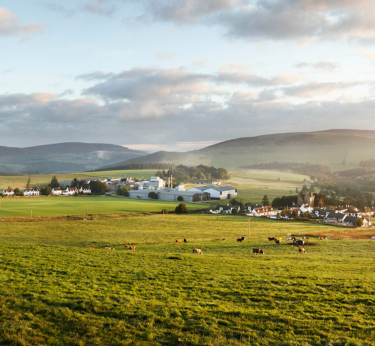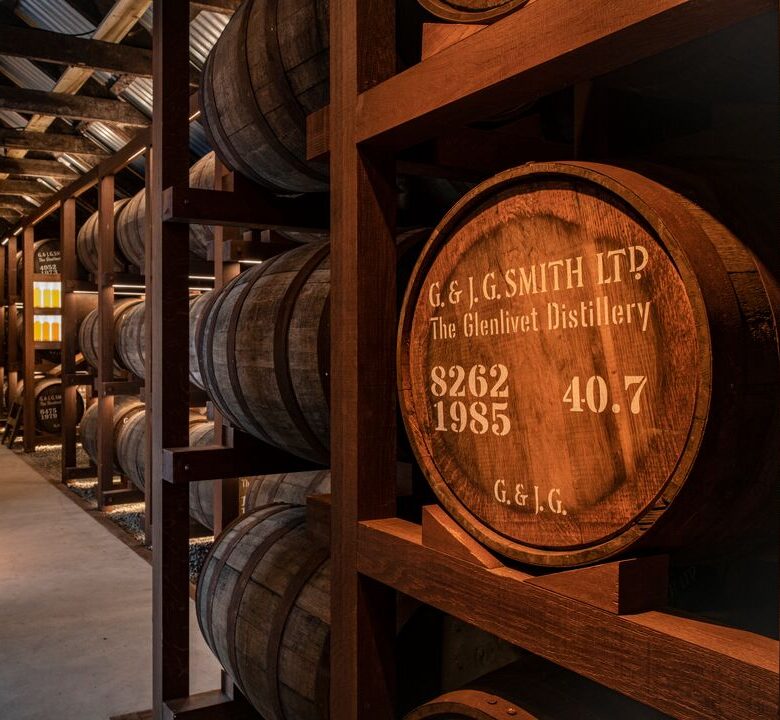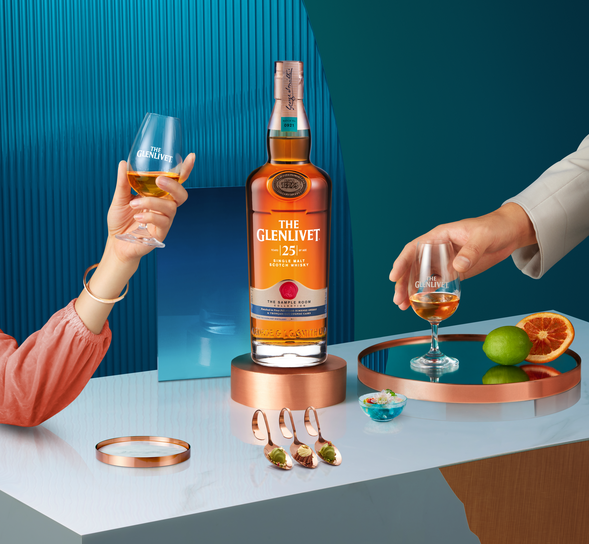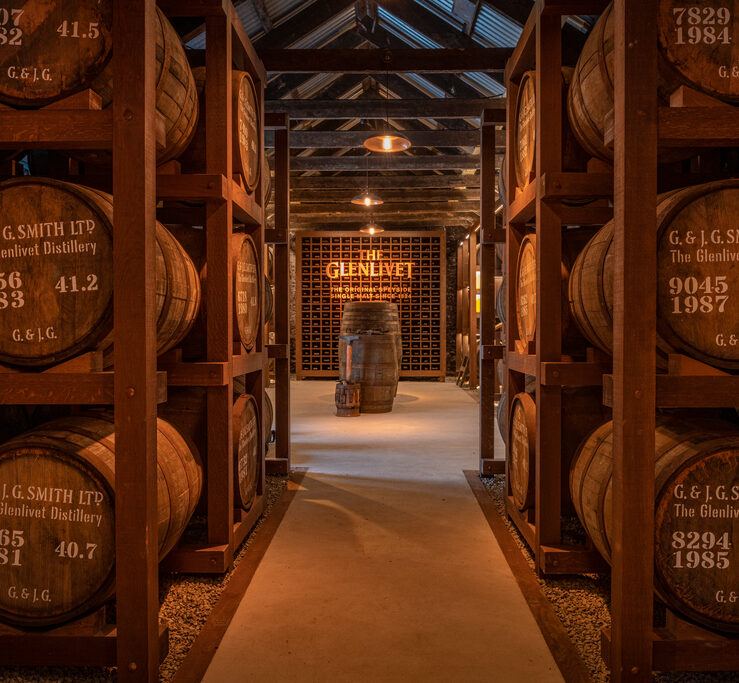
When it comes to how to drink whisky, there isn’t a wrong way. Some stand firm in their belief that neat, at room temperature is best. Then there’s the group who appreciate the classics; a scotch on the rocks or a simple but delicious whisky cola. Others like to expand their horizons by experimenting with different mixers, and pairing whisky with foods and are up for that might enhance their whisky-drinking experience.
These are the people who will ask ‘why use a decanter for whisky?’, ‘which cocktail would you recommend?’ and ‘what are whisky stones?’. We can certainly help, kicking off with our guide to the latter. Once you know the answer, you can then decide whether you want to give whisky stones a try.
What are whisky stones?
Whisky stones are typically cubed-shaped, small pieces of stone that are designed to be an alternative to ice. They chill whisky just like ice does but without diluting your dram. This means they are great for purists who enjoy their whisky unadulterated and want to maintain the characteristics that come out of the bottle.
What are whisky stones made from?
As the name suggests, whisky stones are normally made from stone. The most popular material is soapstone, which is a metamorphic rock primarily composed of talc. However, whisky stones can also be made from granite or marble and newer varieties aren’t made from stone at all but from stainless steel.
Nowadays, there are many shapes and scales of whisky stones available. While die-sized stones are the most traditional, spherical and hexagonal varieties can help add another dimension to your serve. There are also larger stones where you only need one per tumbler glass.
How do whisky stones work?
When put in the freezer, whisky stones absorb and retain the cold temperature of their environment. When added to a glass of whisky, they transfer this coldness to the liquid, chilling it without diluting it like ice would. Simultaneously, they take heat from whisky, resulting in a lower liquid temperature. The porous nature of materials like soapstone or granite helps them hold the cold from the freezer efficiently, making them effective for chilling drinks.
Are whisky stones safe to use?
Yes, whisky stones are generally considered safe to use. They are non-toxic and inert, meaning they won’t react with the whisky or release any substances or residues into your glass.
It’s also unlikely that they will cause damage to your glassware or teeth if you are using them properly. Their composition and shape generally mean they lie flat against the bottom of the glass. While they may shift slightly when you pick up your drink, they shouldn’t move enough to do any harm. Just be gentle when placing them in your glass to avoid chips or scratches.
Are whisky stones better than ice?
This really depends on personal preference and your sipping style. Some argue that there’s a reason why whisky on ice has been popular for hundreds of years; it works perfectly. However, whisky stones won’t dilute whisky like ice does. As some people enjoy the boldness and complexity of neat whisky, stones give you the option to lower the temperature of your whisky without any alteration to its taste or aroma. They are also great if you tend to nurse a drink and savour it slowly.
On the other hand, whisky stones may not chill your whisky for quite as long or as low a temperature as ice. Ice can lower the temperature of your drink by 10-15 °C, while whiskey stones typically lower the temperature by 5-10 °C degrees. Ice can also help mellow whisky flavours slightly which can help make robust expressions more appealing to some individuals.
Ultimately, it comes down to how you best enjoy your whisky. You could find that you stick with ice cubes for some varieties, but whisky stones work better with other expressions.
How do you use whisky stones?
Whisky stones are incredibly easy to use and don’t take any more effort than using ice cubes:
- Pour 25ml-50ml of your favourite The Glenlivet whisky into a rocks glass.
- When you’re ready to use them, take your whisky stones out of the freezer.
- Add two or three stones to your glass of whisky.
- Let the whisky stones sit for a few minutes in the glass to chill the whisky before sipping.
- Enjoy your drink!
How many whisky stones should I use?
The number of whisky stones you use depends on personal preference and the size of your glass. Typically, 2-4 stones are sufficient for a standard 25ml-50ml glass of neat whisky, or a short drink served in a rocks glass, such as an Old Fashioned or Godfather cocktail. If you’re serving a larger measure, a highball cocktail or you just want your drink really chilled, then you can add a few more whisky stones to your glass.
How long should I freeze my whisky stones?
We recommend freezing your whisky stones for at least 4 hours before using them. This will ensure that they’re cold enough to effectively chill your whisky. They can be stored in the freezer when you’re not using them, and this will guarantee they are always perfectly prepared for when you next pour yourself a drink.
How do you clean whisky stones?
Cleaning whisky stones is as simple as using them. Once you’ve finished using them, rinse them with warm water and gently scrub them using a clean cloth. There’s no need to use washing-up liquid or any other cleaning product. Once rinsed, allow them to air dry before popping them back in the freezer ready for next time.
How long do whisky stones last?
Whisky stones are designed to be reusable. They are durable and can last for many years with proper care. As long as they’re not subjected to extreme temperatures or dropped frequently, they should remain effective for a long time.
Now you’ve got the lowdown on whisky stones, you might be raring to give them a try. Check out our cocktail recipes, such as a New Fashioned or Marmalade Whisky Sour for inspiration for your first serve, or head to our whisky guide to continue learning everything there is to know about the amber nectar.



